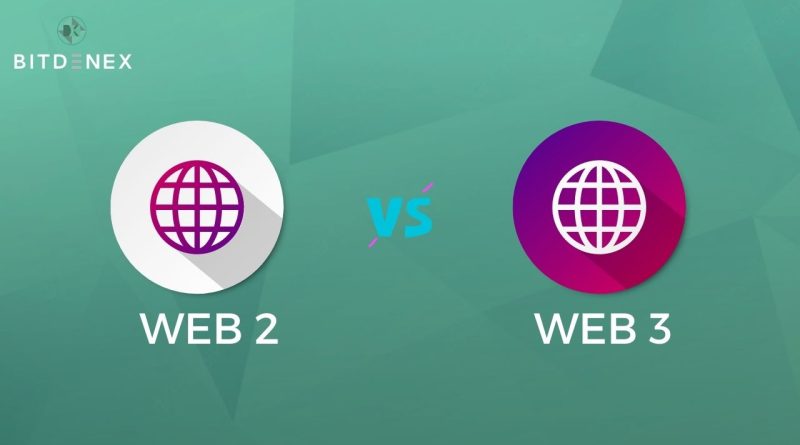Web2 vs. Web3: What Is the difference?
Web 2.0 and Web 3.0 have similar backgrounds, but they approach challenges differently. The fundamental difference between Web 2.0 and Web 3.0 is that Web 2.0 focuses on reading and writing content, whereas Web 3.0 focuses on creating content (Semantic Web). Technology facilitates information exchange between web users while simultaneously enhancing cybersecurity through the latter approach.
What are web2 and web3?
Web2 and web3 are relatively new marketing concepts for blockchain technologies. Blockchain technology is a peer-to-peer (P2P) network of computer servers that stores and shares digital information.
Those who have access to a blockchain cannot change or delete existing data, but they can view it, use it, or add new data.NFTs and cryptocurrency are two popular blockchain technologies. Web3 companies have used the term “web2” to describe social-based, centralized technologies controlled by Big Tech, also known as “FAANG”: Facebook ,Apple, Amazon, Netflix, and Google.
Web3, on the other hand, refers to open-source, blockchain-based data decentralization technologies. Proponents of this technology claim that it deprives Big Tech of power increase transparency fosters innovation and gives users control over their data and online interactions.
Web2 vs Web3: Their key differences
There is a significant difference between web2 and web3 when it comes to data ownership. Web2 has relied heavily on intermediaries to control data.
For example, blockchain-based Ethereum notes that in web2:
- Twitter has the ability to censor any account or tweet.
- Payment services may decide not to accept payments for specific types of work.
- Servers for gig-economy apps may fail, affecting worker earnings.
Web3 brands, on the other hand, operate in a market where users’ data is autonomous and does not need to be managed by an intermediary.
For example, on that same Ethereum page, they note that web3’s:
- Because control is decentralised, tweets can be censored.
- Web3 payment apps do not require personal information and cannot prevent payments.
- Web3 servers can’t go down—they use Ethereum, a decentralized network of 1000s of computers as their backend
Benefits of web3 over web2
A marketed advantage of web3 over web2 is greater user control and less corporate surveillance. Users own their data and can share or keep their data private as they see fit. Artists with digital art portfolios, for example, could use smart contracts and NFTs in the future to bypass middlemen and connect directly with the owners of their works. Artists with digital art portfolios, for example, could use smart contracts and NFTs in the future to bypass middlemen and connect directly with the owners of their works.
Buy and sell crypto in minutes with 0.20% trading fees at Bitdenex Exchange.

